Using Eye Drops to Correct Lid Ptosis After Toxin

Did you know you can use eye drops to correct lid ptosis in some cases? If you provide upper face toxin treatments, this is information you need to know.
In this article, we explore the most common causes of dropped eyelids, how to prevent them, and what you can do to manage lid ptosis should the worst happen.
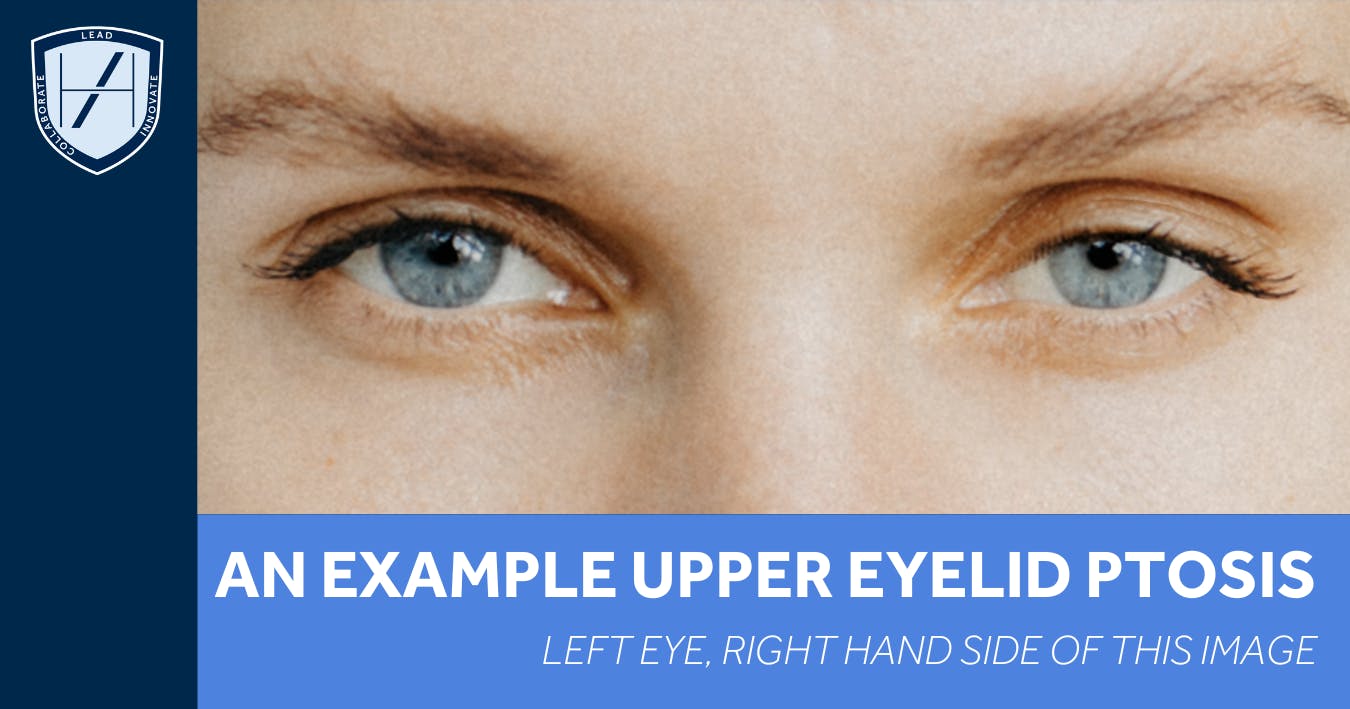
What is eyelid ptosis and what causes it?
Lid ptosis is a drooping of the upper eyelid following botulinum toxin treatment to the upper face. Specifically, it can be the result of treating the following three treatments:
- Glabellar (most commonly)
- Horizontal forehead lines
- Botox brow lift.
‘True’ lid ptosis vs ‘pseudo ptosis’
True toxin-induced lid ptosis is most often the result of frown line treatment. This is because toxin can spread into the levator palpebrae superioris muscle, weakening its action and causing the upper eyelid to droop.
Glabellar treatment involves treating the corrugator supercilii and procerus. If you inject your neurotoxin too low or too deep, it can affect the levator palpebrae superioris.
In this instance, the resulting presentation is known as ‘lid ptosis’ or ‘lid drop’. Patients will often refer to it as a ‘droopy eyelid’ or ‘looking sleepy’.
A ‘pseudo ptosis’ can occur when treating horizontal forehead lines via the frontalis. If the entire frontalis is overly relaxed, especially the upper portion, the brows may drop. This can then lead to the eyelids looking lower due to brow heaviness, rather than direct muscle weakening.
This can also happen when attempting a ‘Botox brow lift’ by treating the lateral frontalis or orbicularis oculi. If you have a poor balance between the depressors and elevators, you risk causing unintended heaviness or drooping. Again, this may cause the eyelid to appear lower.
How to tell the difference between eyelid ptosis and brow ptosis
Do you know how to tell the difference between a lid and brow ptosis?
- Brow ptosis is when the brow sits lower on the forehead than normal
- Eyelid ptosis is when the upper eyelid droops over the eye itself.
To assess for these, ask your patient to close then open their eyes fully. If the eyelid itself hangs low, it’s likely eyelid ptosis. Should the eyelid be fine but the brow looks low, it’s likely brow ptosis.
You can lift the brow manually to see if the eyelid lifts with it. In eyelid ptosis, the lid remains low even if the brow is raised but lifting the brow improves the appearance of the eye in brow ptosis.
Additionally, eyelid ptosis often affects just one side more clearly, whilst brow ptosis can make the entire upper face appear heavy or tired.
One of the best ways to detect it is by comparing the pre-treatment photographs with the after photos. This is why taking good, standardised images with the patient looking directly at the camera lens is so important.
You’ll be taught how to assess for ptosis, as well as proper management of common complications on a number of our botox courses for healthcare professionals. This includes our Foundation Training in Medical Aesthetics, The Aesthetics Accelerator and our Level 7 Diploma in Cosmetic Injectables. We know the choices may be overwhelming, so if you'd like to chat to our experienced Courses Team, they're here to help. Just book a call for a day and time that suits you.
As a cornerstone aesthetic treatment - one many aesthetic practitioners build their business on - it’s vital you develop a deep knowledge of the potential complications. Knowing how to prevent, identify and manage these should be learned from the start, alongside the necessary facial anatomy, dosing, injection points and techniques.
Using eye drops to correct eyelid ptosis
Prescription-only eye drops are sometimes used to treat lid ptosis after botulinum toxin treatment. Aesthetic practitioners can use one of following options:
- Apraclonidine 0.5%
- Oxymetazoline 0.1%.
These specific eye drops can stimulate Müller’s muscle, slightly lifting the upper eyelid. They typically raise the lid by up to 2mm, which can significantly improve both appearance and function. However, it’s important to note that this is only temporary relief; correction will only happen once the toxin has worn off.
This protocol can be initiated as soon as ptosis is identified, ideally within days of symptom onset. Should your patient have concerns about droopiness, it’s better that they contact you immediately, rather than wait for their two-week review appointment.
As they are a prescription-only medication, if you are not yet a prescriber, you’ll need your patient to have a face-to-face consultation with whoever is prescribing on your behalf. As of June 2025, non-prescribing aesthetic nurse practitioners are also held to this requirement. Remote prescribing is now fully banned for UK healthcare professionals in aesthetic medicine, across doctors, dentists and nurses.
Administering the eye drops
You should administer one drop into the affected eye, and show your patient how to do this. They will be responsible for doing this themselves, at home, up to 3 times per day, depending on their response and tolerance.
Both these forms of eyedrops are considered well-tolerated. But you’ll still need to ensure your patient has been fully briefed on potential side effects and when to contact you for further investigation.
It’s useful to create a PDF document or email template with instructions and side effect information set out clearly. You can then email it to your patient so they have a copy to refer back to. Alternatively, you can print a copy for them to take away… or both!
Potential side effects of apraclonidine and oxymetazoline
The following side effects are associated with the use of these eye drops.
1. Acute angle closure glaucoma
If your patient has a history of glaucoma it’s really important not to use these eye drops as they can trigger acute closed angle glaucoma. If your patient develops eye pain or changes to their vision whilst using the drops they need to stop using them immediately and go to their nearest eye hospital.
2. Eye irritation or redness
This is the most common side effect. Patients may experience a burning or stinging sensation immediately after application. Redness of the eye or eyelid may also occur with frequent use.
3. Dry eyes or excessive tearing
The drops can alter tear production, which may sometimes cause dryness. Conversely, in some cases, reflex tearing may present due to irritation.
4. Pupil dilation (mydriasis)
Apraclonidine and oxymetazoline can cause mild pupil dilation, which may lead to light sensitivity or blurred vision. This usually resolves when the drops are stopped.
5. Systemic effects (rare)
These drops are alpha-adrenergic agonists, so a small amount may be absorbed systemically. Rarely, this can lead to elevated blood pressure, palpitations, or headaches, especially with frequent use or in sensitive individuals. Apraclonidine in particular should be used cautiously if your patient has cardiovascular conditions.
6. Rebound redness or dependence (especially with oxymetazoline)
Prolonged use of oxymetazoline can lead to rebound redness once the drops are stopped. This is known as rebound hyperaemia. For this reason, it’s best used short-term, under supervision.
7. Allergic reactions (rare)
Some patients may develop itching, swelling, or eyelid dermatitis if they’re allergic to the preservative or the drug itself.
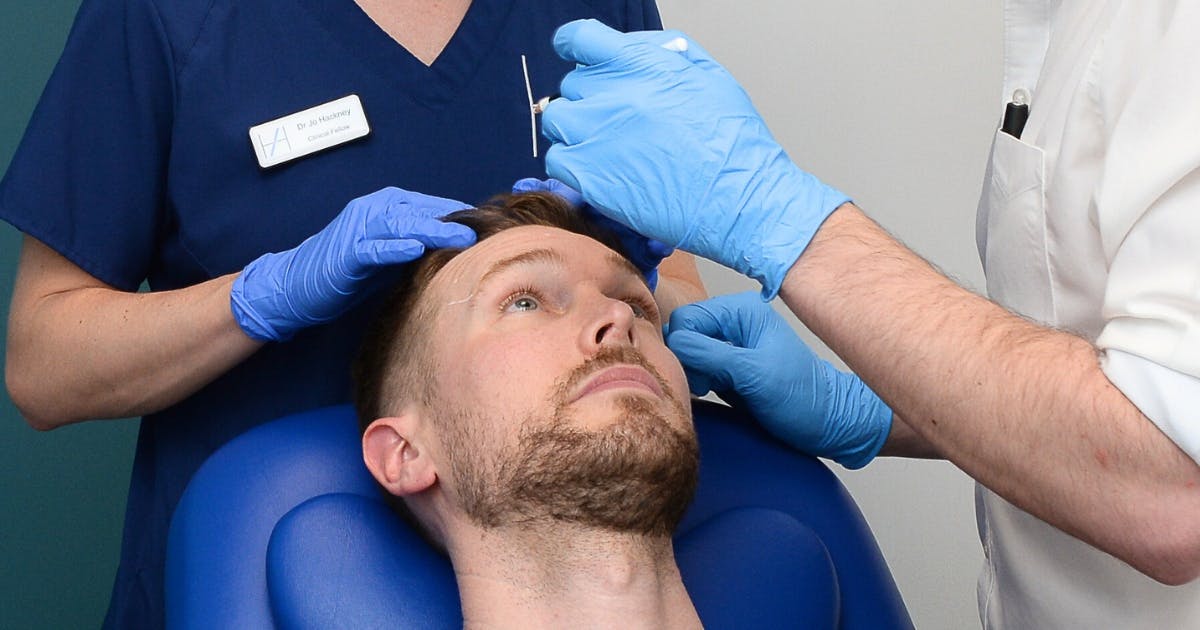
How long does lid ptosis last?
As we’ve mentioned, these eye drops don’t accelerate ptosis recovery. They provide a temporary lift which can assist in managing the function and appearance of the eyelid during the toxin’s wearing-off period.
Botulinum toxin’s effects on the levator palpebrae tend to wear off within 6 to 8 weeks in cases of lid ptosis. Some patients may notice improvement at around 3 to 4 weeks post treatment, as partial muscle function returns.
Full resolution can take up to 3 months though, depending on dose, diffusion, and your patient’s metabolism.
Can you correct lid ptosis by re-treating with toxin?
A skilled aesthetic practitioner may be able to improve the appearance of eyelid ptosis by re-treating in specific areas. This should be assessed on a case-by-case basis as not every patient will be a good candidate for this approach.
Re-treating requires a good eye, a strong understanding of facial anatomy and a confident technique. Whilst the following options won’t ‘correct’ the ptosis, they may help to balance your patient’s facial dynamics and offer more symmetry.
Weakening the depressor muscles
By targeting the lateral portion of the orbicularis oculi and corrugator/procerus complex, you can reduce the downward pull that worsens brow heaviness. This won’t directly treat a lid ptosis but if the brows feel less heavy it may be more comfortable for your patient.
You can also treat the orbicularis oculi in this way to help relieve downward tension. However, this should only be considered if there is residual movement in these depressor muslces. In the case of true lid ptosis you should avoid treating the lateral corrugator point in the glabellar. Additional spread from here could worsen or prolong a lid ptosis.
Reviewing patients with eyelid ptosis
If a patient develops lid ptosis after toxin treatment, book them in for a face-to-face review as soon as possible. As we’ve already stated, this review should happen within the first few days of them reporting symptoms. Don’t wait for their two-week review appointment so you can act quickly to help remedy the situation, if warranted.
During your consultation, assess the severity and confirm whether there is a lid ptosis and, if so, what the likely cause is. For example, levator muscle diffusion.
Be mindful of the impact this highly visible concern is likely having on your patient and tailor your approach accordingly. You need to be reassuring, empathetic, proactive and honest to ensure they know you’re taking them seriously. They need to know that you’re doing your best to resolve this for them without giving them false hope.
Step-by-step guide to effective patient management
Following your assessment, if a ptosis is confirmed:
- Reassure your patient that this is temporary and will gradually improve over several weeks
- Provide honest timeframes and be careful with the language you use; avoid suggesting the problem is minor or purely cosmetic, even if mild
- Avoid reminding them that this possibility was discussed during the consent process before treatment; when emotions are heightened, this may not land well and could come across as dismissive and/or inflame the situation
- Explain the option of using prescription eye drops to lift the lid slightly to improve function and confidence
- If they choose this solution, show them how to use the drops safely and discuss potential side effects. Make sure they have a copy of this information either via email, a physical copy, or both
- Arrange regular in-person check-ins, either weekly or fortnightly, depending on the severity and patient’s anxiety levels. You may also offer to monitor via email if they want to send you photos between these appointments, if they’re particularly anxious.
- Don’t forget about general eye health. It’s common to get dry eye if the lid isn’t closing properly so lubricating eye drops can help reduce corneal irritation
- If the patient’s vision is impaired is crucial that they don’t drive or do any work that requires full vision.
Remember that your patient is likely feeling self-conscious or fearful, and would not have been expecting this. Focus on support, clear information, and a plan for follow-up, with plenty of reassurance.
Stay calm, clinical and kind, throughout. That’s what your patient will remember and take away from this experience.
All information correct at time of publication
Download our full prospectus
Browse all our injectables, dermal fillers and cosmetic dermatology courses in one document
By submitting this form, you agree to receive marketing about our products, events, promotions and exclusive content. Consent is not a condition of purchase, and no purchase is necessary. Message frequency varies. View our Privacy Policy and Terms & Conditions
Attend our FREE open evening
If you're not sure which course is right for you, let us help
Join us online or in-person at our free open evening to learn more
Our Partners


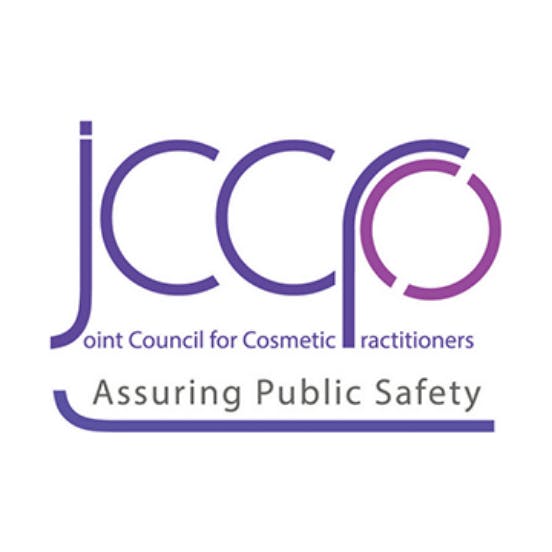


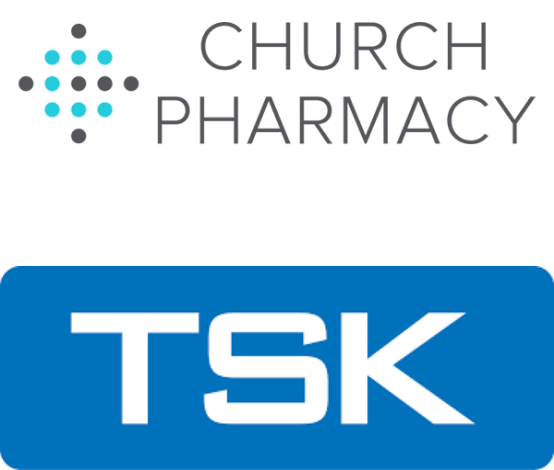
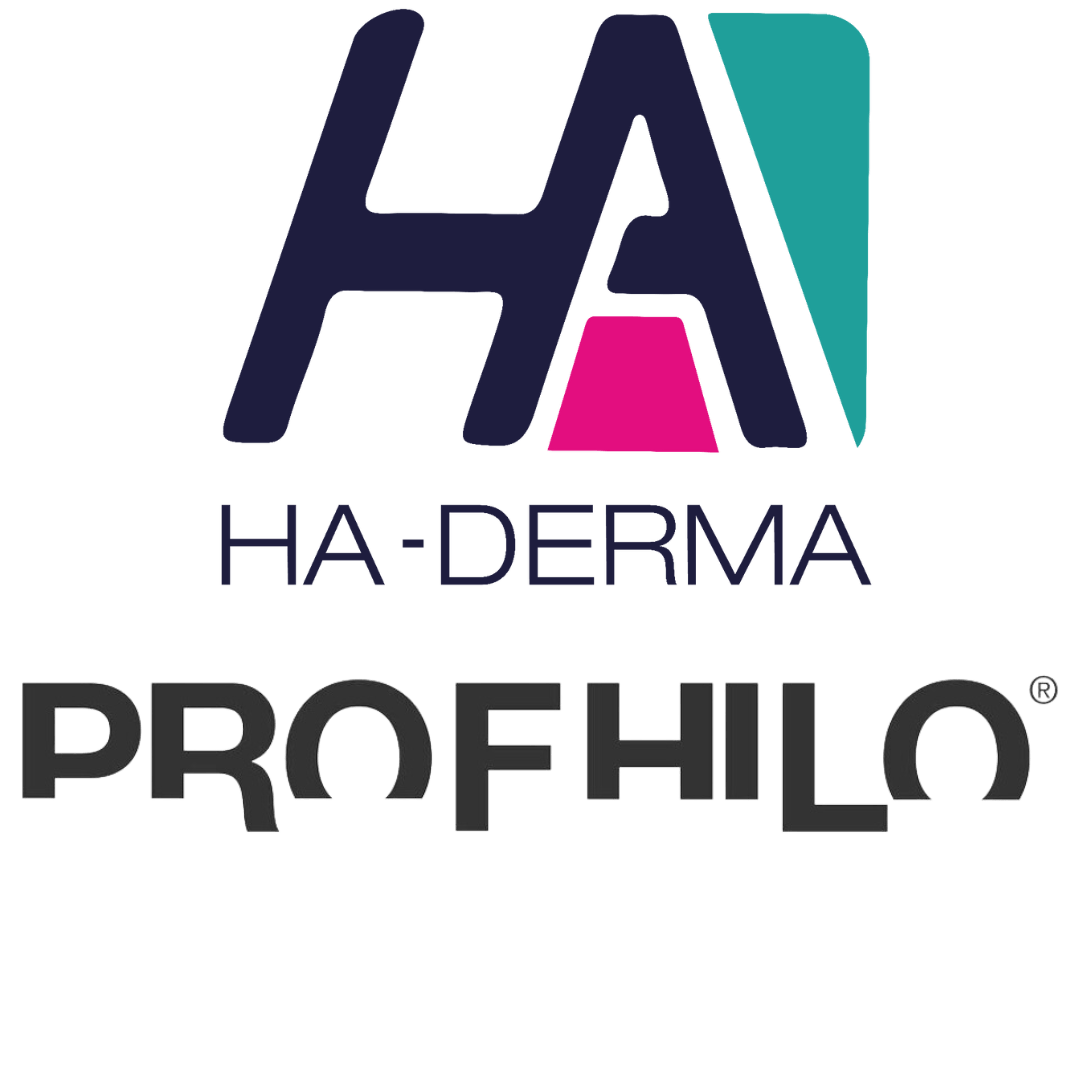




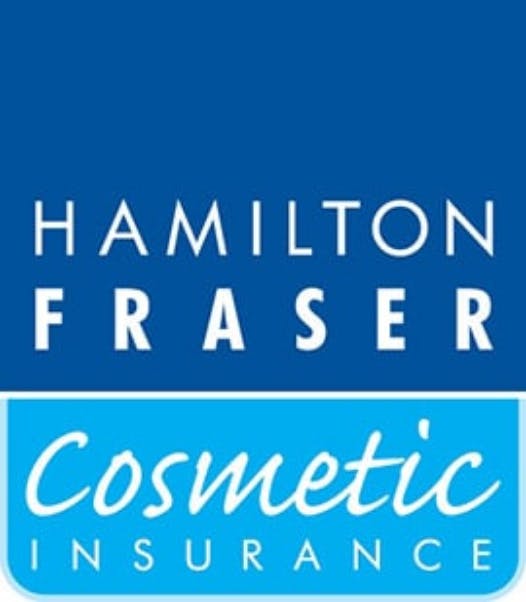
STAY INFORMED
Sign up to receive industry news, careers advice, special offers and information on Harley Academy courses and services


